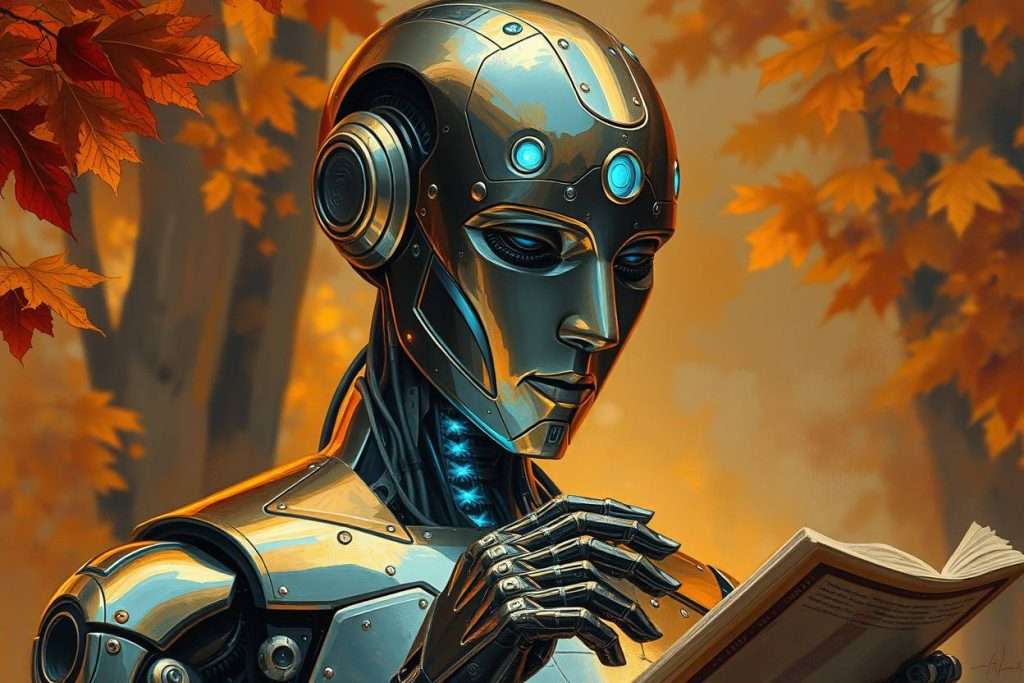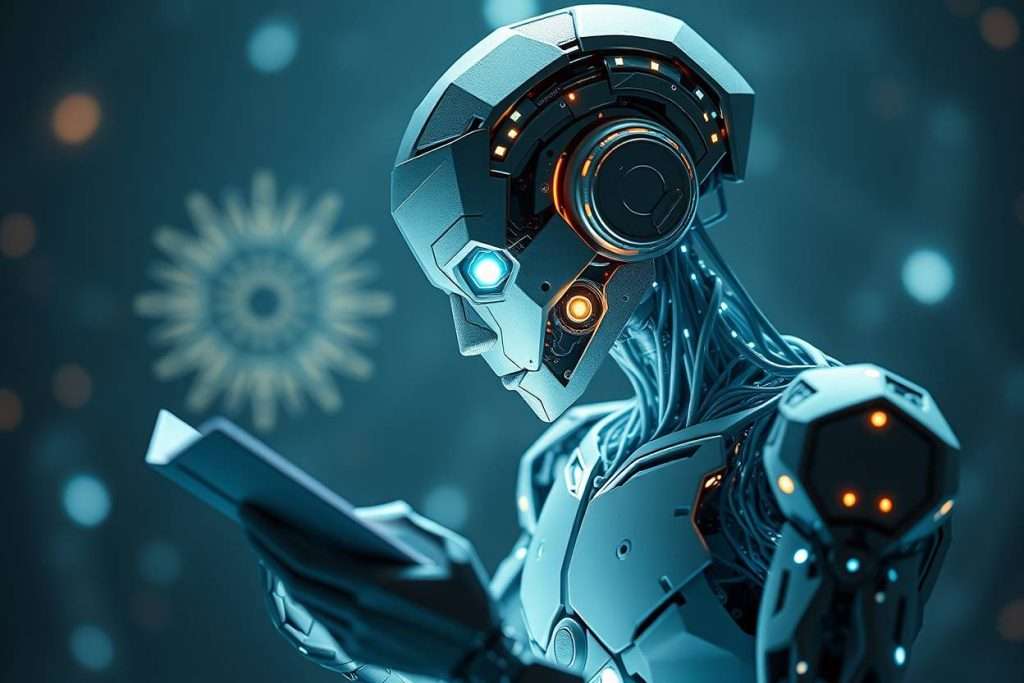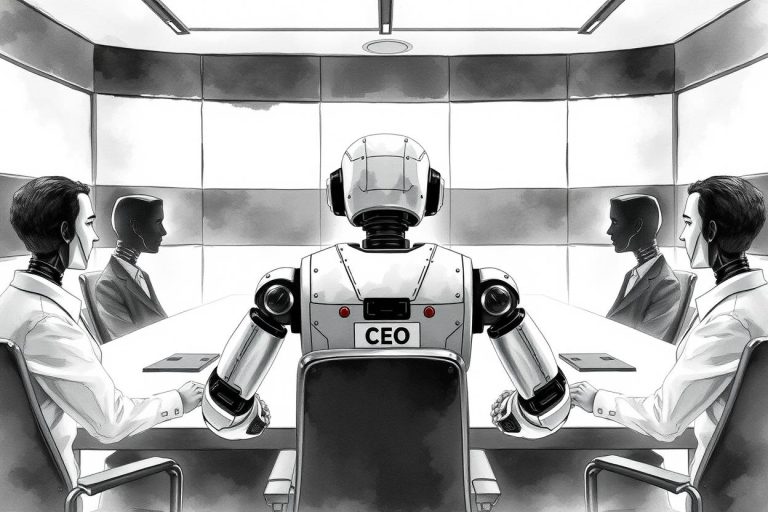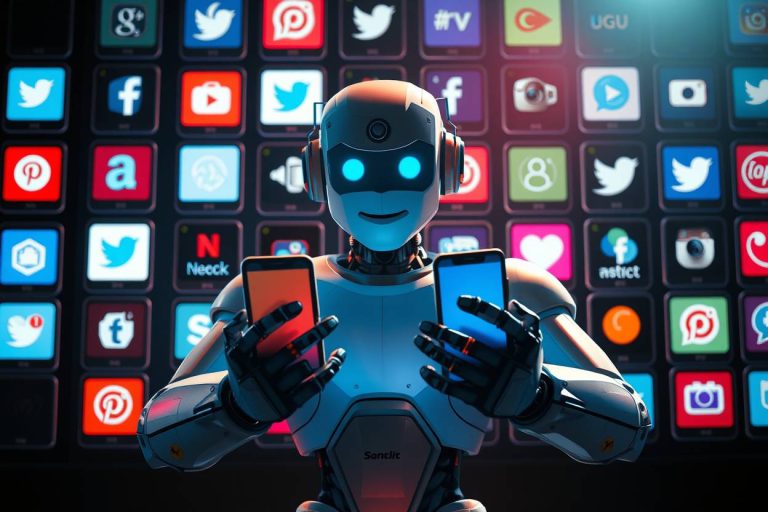AI for Students: Unlocking Your Academic Potential in the Digital Age

Artificial intelligence (AI) is the technology that enables machines to simulate and perform human-like intelligence and problem-solving. Modern AI systems leverage this capability to streamline workflows and enhance efficiency across various fields, but its impact on education is particularly significant. Understanding how AI can help students is no longer a futuristic concept, it’s a present-day reality, with technology already integrated into daily life through recommendation algorithms and voice assistants that are fundamentally changing the approach to learning and future preparation.
What is AI for Students?
AI for students refers to artificial intelligence tools and applications designed to support learning, productivity, and student well-being. In simple terms, AI is technology that mimics human intelligence—it can learn from data, solve problems, and perform tasks that once needed human thinking.
You already see AI in action with everyday tools: Netflix suggesting the next show you’ll love, or voice assistants like Siri and Alexa answering your questions. In education, AI goes even further. It powers intelligent tutoring systems, helps with personalized study plans, grades assignments, and even offers language translation or accessibility features for students with different needs.
For students, using AI means:
Personalized Learning: Adaptive learning platforms recommend resources and adjust difficulty based on your strengths and weaknesses.
Homework Help: AI chatbots and virtual tutors can explain concepts, solve math problems, or offer essay feedback 24/7.
Study and Organization: Smart scheduling tools, note-takers, and AI-driven reminders help students manage their workload more effectively.
Career Preparation: AI can guide students toward future careers by analyzing interests, skills, and job market trends.
In summary, AI for students is all about making learning more interactive, efficient, and tailored to each student’s needs—empowering you to learn smarter, not just harder.
How Can Students Use AI In The Classroom
AI is being applied in classrooms through a variety of tools and platforms that support both learning and teaching. These applications include intelligent tutoring systems that offer personalized guidance, adaptive software that adjusts to individual student needs, and interactive platforms like virtual labs that provide hands-on experience in a controlled environment.
How Does AI Help Students In Education?
AI is reshaping the educational landscape by offering students new ways to learn and study more effectively. From personalized learning paths to free AI study tools, this technology is creating a more individualized and supportive academic environment.
How AI can help students with personalized learning experiences?
AI helps students learn and study more effectively by providing personalized learning paths, offering accessible study tools, and creating a more individualized and supportive academic environment.
How does AI make education more accessible?
AI makes education more accessible by providing critical support for students with disabilities, such as speech-to-text and real-time captioning tools. It also helps overcome language barriers through advanced translation capabilities, making educational content available to a global audience.
The Risks of AI For Students
The risks and downsides of using AI for school include the potential for over-reliance that weakens critical thinking skills, new avenues for academic dishonesty, and significant concerns regarding data privacy and algorithmic bias.
How Is AI bad for students?
Over-reliance on AI is a problem because it can diminish a student’s critical thinking and problem-solving skills. When students depend too heavily on AI for answers, they miss opportunities to develop their own analytical abilities, making it crucial to use AI as a supplemental tool, not a replacement for learning.
The temptation to use AI for cheating on assignments and essays is a significant concern. The rise of AI detection tools highlights the ongoing challenge of maintaining academic integrity in the age of AI.
What are the concerns about data privacy and bias in AI?
Concerns about data privacy involve how student data is collected, used, and protected by AI platforms. Furthermore, there is a risk that biased algorithms could perpetuate stereotypes, creating unfair or inequitable educational experiences for certain student groups.
How does AI affect students learning
The integration of AI into a student’s academic life can have a broad impact on their overall well-being, influencing everything from their mental health to their future career prospects.
What is the psychological impact of AI on students?
The psychological impact of AI on students can include increased digital fatigue and technostress from constant screen interaction. There is also a risk of reduced social interaction, which may contribute to feelings of isolation.
How does AI influence student skills and future job prospects?
On the other hand, AI is also helping to develop new skills that will be essential for the future workforce. Digital literacy and the ability to collaborate with AI are becoming increasingly important, and exposure to these technologies in an educational setting can better prepare students for the jobs of the future.
How can a student pursue AI as a Field of Study?
For students interested in delving deeper into the world of AI, there are various educational pathways and foundational subjects that can provide a strong starting point for a career in this dynamic field.
What are the educational pathways to a career in AI?
Many universities now offer degrees in AI, computer science, and data science, which provide a comprehensive education in the field. Students can also choose to minor in AI or take specialized courses to study AI in university.
What are the foundational subjects for studying AI?
A strong foundation in mathematics, statistics, and programming is essential for studying AI. Core concepts in the field include machine learning and neural networks.
How can students start learning about AI outside of formal education?
Students can start learning AI outside of formal education through online courses, hands-on projects, and tutorials. Participating in AI communities and competitions is another effective way to gain practical experience and connect with others in the field.
What are the Best Free AI Tools Available to Students?
A wide range of free AI tools are available to students, offering support for everything from writing and research to creative projects.
Which AI-powered writing assistants are free for students?
Several AI-powered writing assistants offer free tiers for students, providing tools for grammar, style, and citation generation. Platforms like Grammarly provide real-time feedback on writing, while tools like QuillBot can help paraphrase complex sentences and generate citations in various formats.
What are some free AI tools for research and studying?
For research and studying, AI-powered platforms can dramatically accelerate the learning process.
- Gamma.app and Canva: These platforms use AI to help create polished presentations and documents from simple text prompts, automating the design process and helping students organize their notes visually.
- ChatPDF and SciSpace: These tools allow students to upload academic papers or textbooks and ask questions directly to the document. The AI can provide summaries, explain complex concepts, and locate specific information within the text.
- Consensus: This AI search engine is designed for scientific research, analyzing findings from published studies to provide evidence-based answers to questions.
- NotebookLM from Google: Provides easy to make explained videos and audios in the type of podcast – from large documents, videos or links.
Are there free generative AI tools for creative projects?
For creative projects, students can access powerful generative AI tools, many with free tiers or daily credits.
- Music and Audio: Suno AI can create entire songs, complete with vocals and instrumentation, from a simple prompt, offering a fun way for students to explore music composition or create soundtracks for their projects.
- Image Generation: Microsoft Designer’s Image Creator (powered by DALL-E) and Leonardo.Ai allow students to generate high-quality images from text descriptions, which can be used in presentations, reports, or art projects.
- Video Creation: CapCut offers a suite of AI-powered video editing features, including auto-captions, background removal, and text-to-video effects, making video production more accessible.

What Should Parents and Younger Students Know About AI?
As AI becomes more prevalent in education, parents and younger students need to have a basic understanding of AI for kids’ learning and how it can be used safely and responsibly.
How can AI be explained to kids?
For younger learners, AI can be explained through simple definitions and analogies. Relating it to real-world examples in games, toys, and streaming services can make the concept more relatable.
How can kids use AI safely and responsibly?
Parental guidance and supervision are crucial for ensuring that kids use AI safely and responsibly. There are also many educational AI platforms and games designed specifically for children.
What are the benefits of introducing AI concepts early?
Introducing AI concepts at an early age can help foster creativity, problem-solving, and critical thinking skills, preparing children for a future where AI is commonplace.
What are the best tools for AI for kids learning?
The best tools for AI for kids learning are interactive games, apps, and educational platforms that make complex topics accessible and engaging. Many of these resources, often available as free AI tools for kids, are designed to teach the fundamentals of AI, coding, and machine learning in a fun, hands-on way.
For example, platforms like Scratch from MIT allow children to program their own interactive stories and games, providing a gentle introduction to the logic behind AI, while Code.org offers specific modules like “AI for Oceans” to explain machine learning concepts through practical activities.
What Are the Common Misconceptions About AI in Education?
There are several common misconceptions about the role of AI in education that can create unnecessary concern and confusion.
Does AI replace the role of teachers?
No, AI does not replace the role of teachers. AI is a tool designed to augment, not replace, human educators. The teacher-student relationship remains a fundamental and irreplaceable part of the learning process.
Is AI only for students in STEM fields?
Another misconception is that AI is only relevant for students in STEM fields. However, AI has applications across a wide range of subjects, including the arts and humanities, where it can be a tool for creativity and innovation.
Is using AI for schoolwork always considered cheating?
Using AI for schoolwork is not always considered cheating. The ethical use of AI depends on the specific context and the guidelines provided by instructors and academic institutions. It is essential to understand the boundaries between using AI as a helpful assistant and using it for academic dishonesty.
The Road Ahead: AI’s Evolving Impact on Student Learning
The future of AI in education points toward a deeper integration of technology that will reshape our understanding of learning and knowledge. As AI evolves, new skills and literacies will become essential for students to thrive. A key challenge moving forward will be to ensure that the benefits of AI in education are accessible to all students, regardless of their background or resources, demanding a commitment to equity and responsible innovation.




